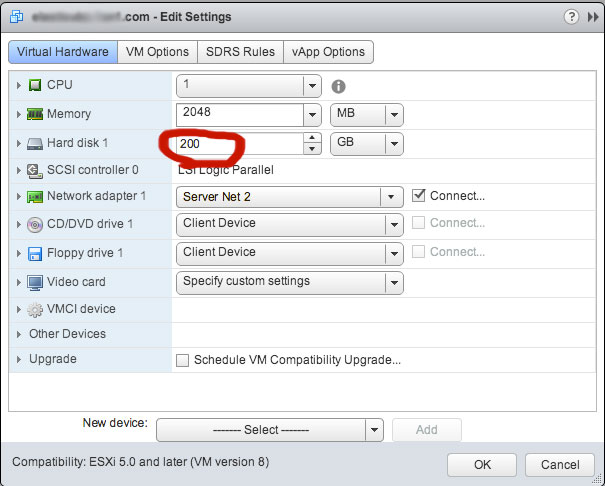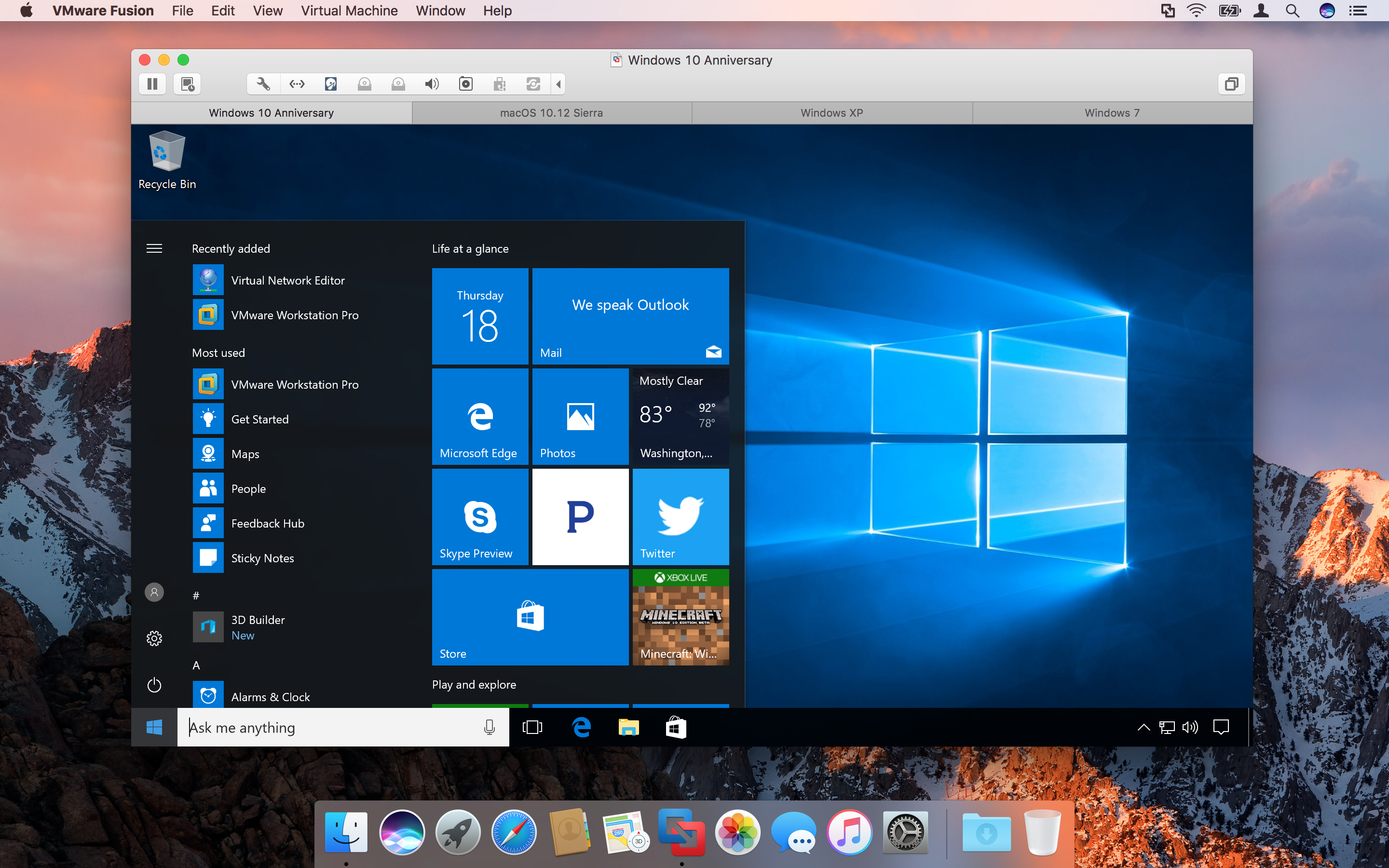
Qemu-img resize win10-圆4.img +32G VirtualBox Run the following command to increase the image size by 32 GB, replacing vmdisk.img with the filename of your virtual disk. In Fedora and RHEL, this is /var/lib/libvirt/images.

In the terminal, navigate to the location of your virtual disk. Disks in Boxes expand dynamically, allowing the VM to report a larger size than is allocated on the host machine drive, but using only the real space taken up by the VM. In Boxes, right-click the Windows 10 VM, click “Properties,” and click “System.” Use the bottom slider to change the size of the virtual disk. Increasing the virtual disk size in Linux is the easier part of the process.
#Enlarge a virtual disk in vmware for mac os how to#
How to increase virtual disk size in your VM platform Read the entire guide before performing any of these steps on your system. Additional directions are also available for users of VirtualBox. This guide is principally for users of Windows 10 using a QEMU+KVM virtual machine, managed either with Boxes or VMM. Rather than destroying the existing VM to expand the disk to allow for the installation, users can–with some manual effort–expand the existing disk image used with Windows 10 in a VM.

SEE: 20 quick Windows tips for power users (free PDF) (TechRepublic)

(Windows Update does not verify that sufficient disk space exists before starting the update.) Without an ample amount of free space available when the update is started, updating to Windows will fail, often displaying error code 0x80070070. Likewise, Linux users who utilized a Windows 10 license bundled with their laptop or desktop by installing Windows 10 in a virtual machine are also likely to be troubled by this update, unless they allocated a large amount of disk space on initial setup. This has caused significant pain for users of Windows 10 on low-end systems with a 32 or 64 GB eMMC SSD, as those systems may not be able to upgrade without installing a new SSD–if the system supports it. To install the upcoming Windows update, Windows requires 32 GB of free space, an increase from the (frankly, paltry) 16 GB needed for 32-bit versions and the 20 GB needed for the 64-bit versions.


 0 kommentar(er)
0 kommentar(er)
